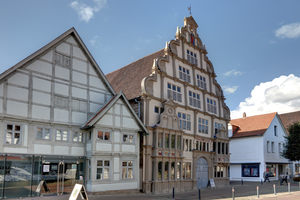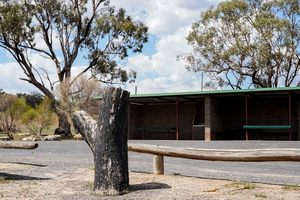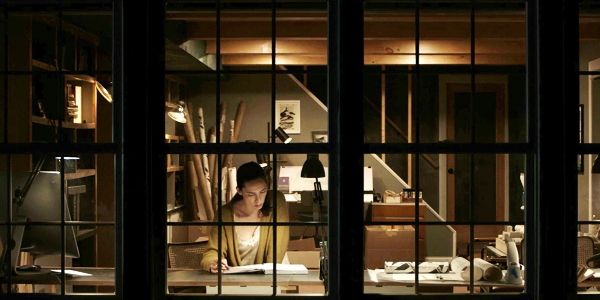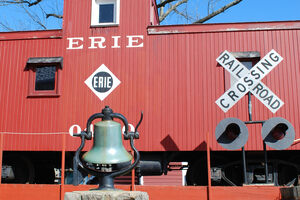Hexenbürgermeisterhaus in Lemgo, Germany

Lemgo is a small town in northwestern Germany known for witch hunts that took place between 1583 and 1681. A total of 254 people, both men and women, were executed during this period.
One of the most famous buildings in the town is the Hexenbürgermeisterhaus, a 16th-century townhouse famous for its ornate Weser Renaissance-style façade. It was originally constructed between 1568 and 1571 by local merchant Hermann Kruwel and his wife Lisbeth Fürstenau. The design is attributed to the town’s master builder Hermann Wulff.
During the late 17th-century, Hermann Cothmann, who was head of Lemgo from 1667 to 1683, lived in the Hexenbürgermeisterhaus. The house’s name means “Witch Mayor’s House” in German, but it’s not that Cothmann was a witch, but instead a witch hunter. Cothmann had dozens of townspeople killed he believed were practicing witchcraft. In reality, his real purpose is believed to have been to eliminate potential political opponents.
The house opened to the public in 1926 and was renovated as a museum in 2007, exhibiting Lemgo’s history. There are torture instruments from the estate of the town executioner’s family, as well as modern replicas on display.





